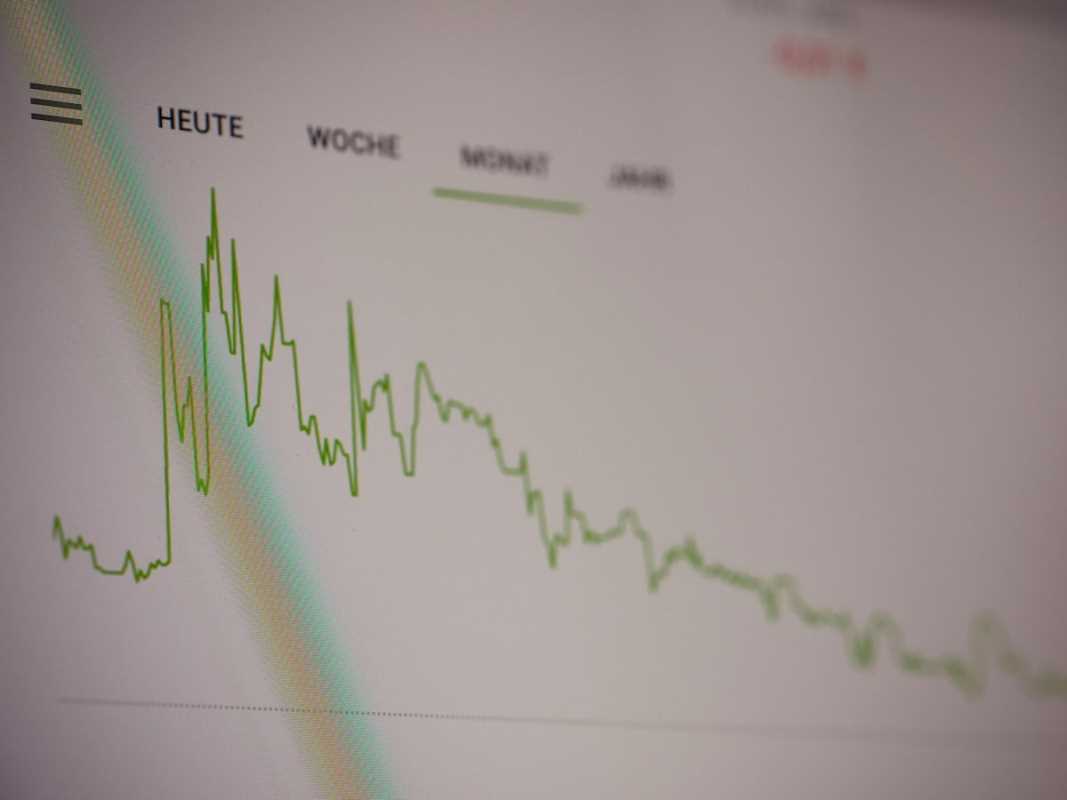For investors seeking reliable income, foreign utility companies can offer an appealing avenue. These companies often provide essential services like electricity, water, and gas, making them less susceptible to economic downturns.
Combined with stable dividend payouts, they have become an attractive choice for those looking to diversify their portfolio and secure regular income. This article explores the unique benefits, risks, and key considerations of investing in foreign utility companies for stable dividends.
Why Foreign Utility Companies Appeal to Dividend Investors
Utility companies are renowned for their financial stability, often operating in regulated industries where demand remains consistent. This reliability extends globally, with many foreign utility firms offering the added benefit of higher dividend yields compared to domestic counterparts. Here’s why foreign utilities stand out:
- Economic Insulation: Utilities provide essential services, meaning their revenues are less affected during economic downturns. People still need power and water, which makes utilities a defensive investment.
- Higher Yield Opportunities: Many foreign markets, especially in emerging economies, feature utility companies with higher dividend yields compared to those in the U.S. or other developed markets.
- Currency Diversification: Investing in foreign assets exposes investors to a range of currencies, which can either amplify returns or help hedge against domestic currency weakness.
- Regulatory Differences: Some foreign countries have regulatory environments that favor utility profitability, allowing companies to offer more generous dividends.
By including foreign utilities in your portfolio, you can tap into a mix of stability, income, and diversification.
Benefits of Investing in Foreign Utility Companies
Beyond stable revenue streams and reliable payouts, foreign utility investments offer investors additional benefits that enhance their value proposition.
Portfolio Diversification
Geographic diversification reduces the risk tied to a single country or market. By holding foreign assets, investors spread exposure, minimizing the impact of localized economic or regulatory setbacks.
Inflation-Resistant Returns
Utility companies, especially those operating in stable economies, often pass inflationary costs to consumers. This ability helps safeguard profit margins and ensures dividends remain stable.
Long-Term Growth Potential
Emerging economies are investing heavily in infrastructure and utility networks, presenting growth opportunities for these companies. Investors can benefit from both consistent dividends and potential capital appreciation in these markets.
Attractive Valuations
Many foreign utilities are undervalued compared to domestic peers, creating opportunities to own quality assets at lower price points. This is especially significant in markets where utilities trade at a discount due to currency volatility or undervalued stock markets.
Steady Income Stream
Utilities in developed markets are known for predictable dividends, making them particularly appealing for retirees and income-focused investors. Coupling this with emerging-market options presents an attractive blend of stability and growth.
Risks and Challenges of Foreign Utility Investments
While the advantages are significant, investing in foreign utility companies involves a unique set of risks that warrant careful evaluation.
- Currency Fluctuations: Changes in exchange rates can impact the value of foreign dividends and the stock’s overall return. A weakening of the local currency relative to your domestic currency reduces income in real terms.
- Geopolitical Risks: Instability or regulatory changes in foreign countries can lead to uncertainties regarding dividend payouts, profit margins, or even company viability.
- Different Market Conditions: Foreign utilities may operate under unique regulatory or market environments that are less predictable or transparent compared to domestic companies.
- Liquidity and Accessibility: Investing in foreign markets can be challenging for retail investors, as some stocks may have lower trading volumes or require access to international exchanges.
- Accounting and Transparency Concerns: Rules and financial reporting standards vary globally. Investors need to be cautious about understanding company balance sheets and operations, as discrepancies can mislead or obscure key financial metrics.
By staying informed and considering these potential challenges, investors can mitigate risks while taking advantage of foreign utility opportunities.
Key Factors When Selecting Foreign Utility Stocks
Identifying promising foreign utility stocks requires due diligence. Key factors should guide your decision-making process to find options that align with your financial goals and risk tolerance.
Dividend History and Payout Ratio
Look for companies with a solid track record of consistent or growing dividends. A reasonable payout ratio (e.g., below 70%) can indicate a sustainable approach to dividend distribution without over-extension.
Country Stability
Focus on companies operating in nations with robust legal, financial, and political systems. High economic or regulatory stability reduces the likelihood of disruptive changes.
Debt Levels
Utilities are often capital-intensive businesses, relying on significant borrowing for growth and operations. Assess debt-to-equity ratios to ensure debt levels are manageable in fluctuating market conditions.
Local Economic Growth
Utilities in regions experiencing population growth or expanding infrastructure demand are better positioned for long-term revenue increases.
Valuation Metrics
Analyze key financial ratios such as Price-to-Earnings (P/E) and Price-to-Book (P/B) to ensure you’re paying a fair price for future returns.
Currency Stability
Avoid high-volatility currencies unless you have mechanisms to hedge those risks. Currencies in emerging markets, while carrying great upside potential, can also pose significant downside risks.
Investing in foreign utility companies offers an opportunity to tap into stable dividends while benefiting from broader diversification. Approaching this investment strategy with thorough research and informed decision-making is key to realizing its potential.







